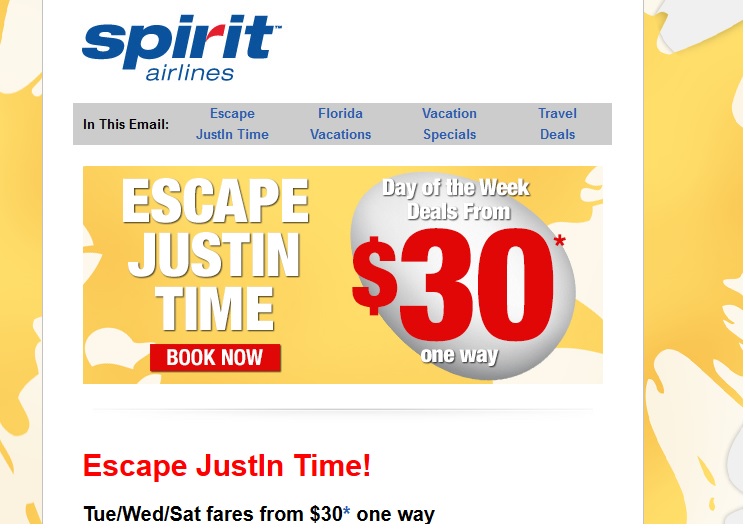Email marketing remains crucial to most ecommerce merchants. But email is changing. Consumers increasingly access email from their smartphones. Gmail’s influence on email marketing is growing. And the technology for producing and delivering emails continues to evolve.
In this article, I’ll list seven tips for a cutting-edge email program, for ecommerce companies, in 2014.
1. Assume Every Consumer Is Shopping from a Phone
Recent data from Litmus, an email-testing platform, states that more than 50 percent of individuals open email on their mobile devices. This percentage has skyrocketed in the past year and is likely to grow similarly in 2014. The safest bet is to simply design your strategy assuming most of your recipients are opening their emails on their phones. That means to not only design your email accordingly, but also ensure the transition from email to landing page to checkout are as seamless and easy to execute on a mobile device or tablet than on the traditional desktop.
2. Bring Back Images
Recently Google’s Gmail announced that it was hosting all email images itself. This means that for Gmail users, images are no longer turned off by default. This will give email designers more leeway to use more image-heavy designs than previously. Note that other email providers have no yet implemented this. But with Gmail’s change, other providers will likely do it, too, in 2014. (For more, see my article last month, “Gmail to Download Images by Default; Effect on Ecommerce.”)
3. Grow Your List
Most every email database churns. Recipients continually unsubscribe and change their email addresses. Some observers estimate that a typical database will lose about 20 percent of the subscribers each year. For 2014, emphasize growing your list with active shoppers to keep your open and click rates steady. Many merchants that have used email for a long time complain that tracking metrics like opens and clicks are steadily falling. But remember that these metrics reflect the health of your database. If you are not continually adding relevant subscribers, these rates will naturally decline.
4. Avoid Templates
To ease the workload of maintaining an ongoing email program, many ecommerce companies use a standard email template that they simply change each week to a new offer and then deploy. But using a template can be a mistake. Many subscribers quickly become accustomed and bored with a template and will stop reading it. Give them something new each week — and a reason to open.
5. Test New Deployment Times
Sending at the same time of day and same day of the week can get boring to subscribers. Additionally, with the growing use of mobile devices, likely the “best” time to send has changed. Look at data from your email service provider to see if you notice trends when recipients are opening and clicking on your emails. Test different times — i.e., evenings, weekends — to see if it helps open and click rates.
6. Be Bold
Strategies to communicate with consumers on an increasingly personal level have emerged and succeeded for many companies. Others have adopted informal, sometimes humorous, messaging. Be bold and don’t be afraid to correspond with your subscribers informally.
In the example below, Spirit Airlines uses humor to capitalize on the recent Justin Bieber egg throwing matter, when he allegedly threw eggs at his neighbor’s house. The subject line for this email was “You Won’t Belieb These Deals.”

Spirit Airlines’ email uses informal language and humor, citing a recent Justin Bieber egg throwing allegation.
7. Look to your Site for Inspiration
One of the reasons why email marketing is so successful is because it drives shoppers to a website. Thus, look to your own ecommerce site for inspiration for your email program. Analyze trends and changes to your site. Look at popular search terms and the pages and products that are getting the most traffic. Those likely will be the best items to promote in an email. Additionally, look at data from this time a year ago, for seasonality trends to market through email. For example, if most people searched a Valentine’s related purchase the first week of February, and returned to purchase from Feb 8 through 10, then schedule last minute Valentine’s Day email reminders then. This will likely generate additional conversions for your site.




